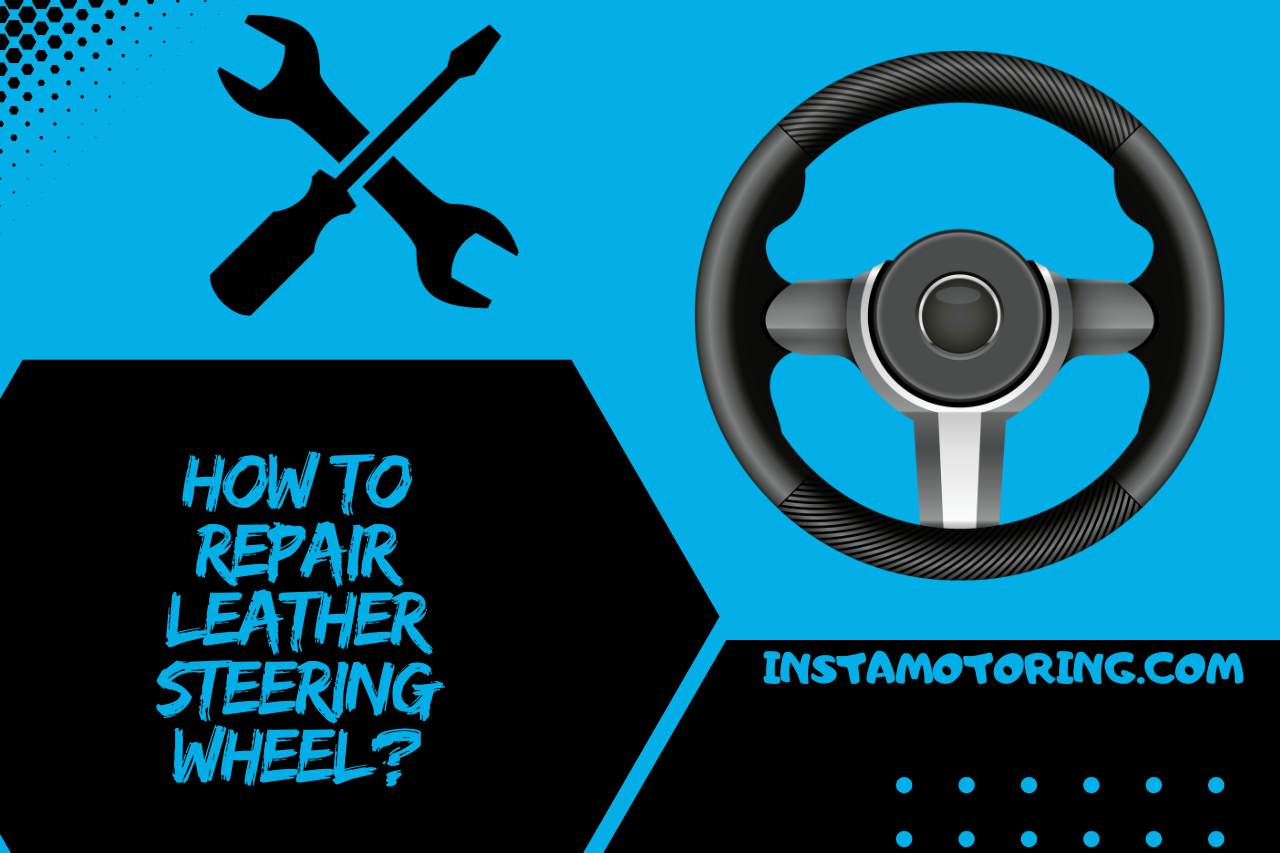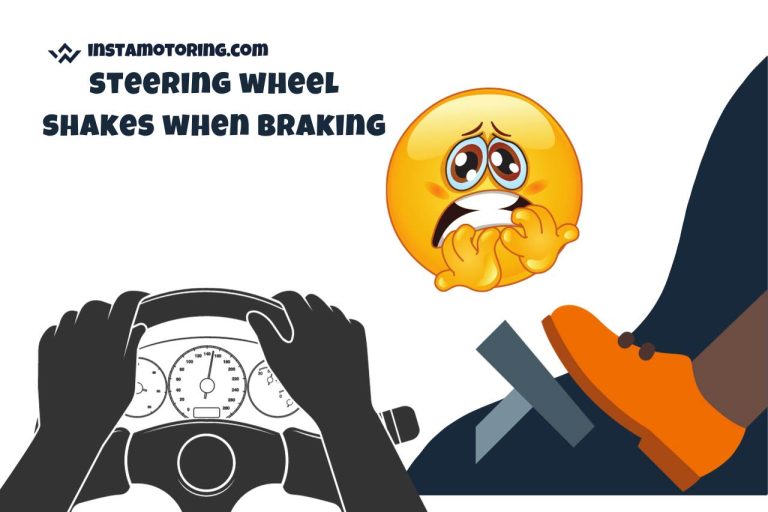How to Repair Leather Steering Wheel? Complete Guide
Leather steering wheels are awesome, and yes, we agree with you on that. However, when leather steering wheels suffer from wear and tear, they become unsightly. So, why not take a minute to learn how to repair a leather steering wheel?
We are confident that with our guide, you should be able to dismiss the thought of replacing the steering wheel entirely.
How to Repair Leather Steering Wheel?
The process of repairing a leather steering wheel includes the following steps: cleaning, sanding, applying leather filler, conditioning, and applying a protective coating.
The best part of the guide we’ve provided below is that it enables you to repair a leather steering wheel yourself, rather than opting for professional help. Here is our guide.
Clean the Surface
Begin by gently cleaning the steering wheel with a soft cloth and a leather-safe cleaner to remove dirt and oils. This prepares the surface for repair.
Sand Damaged Areas
After that, lightly sand any cracked or peeling areas with a fine-grit sandpaper. This helps to smooth out the surface and remove flaking leather. But you should not firmly sand it as the surface can be damaged.
Apply Leather Filler
Next, use a leather filler to fill in cracks or worn spots. Apply it thinly and evenly, allowing it to dry as per the product’s instructions. Multiple thin layers may be needed for deeper cracks.
Sand Again
Once the filler is dry, lightly sand the area again to ensure a smooth, even surface.
Color Matching
Match the color of your steering wheel with a leather dye. Apply the dye in layers, allowing each layer to dry before applying the next. This process restores the original color of the leather.
Condition the Leather
Check whether the dye is fully dried, then apply a leather conditioner. This step is crucial as it replenishes natural oils, keeping the leather supple and preventing future cracks.
Protective Coating
Finally, apply a protective coating to shield the leather from UV rays and wear, prolonging the lifespan of the steering wheel.
How to Prevent Leather Steering Wheel from Cracking?
To prevent your leather steering wheel from cracking, you have to continue some good habits like regular cleaning.
- Regular Cleaning
- Conditioning
- Avoid Direct Sunlight
- Use a Steering Wheel Cover
- Avoid Harsh Chemicals
- Mind the Temperature
We have a dedicated article on “Steering wheel peeling,” take a minute and read it as well.
How Often Do you Repair your Leather Steering Wheel?
It would be better to repair your leather steering wheel at least once every year.
The frequency of repairing your leather steering wheel largely depends on its condition and usage.
However, if you notice signs of wear, such as discoloration, minor scratches, or beginning signs of cracking, it’s a good time to consider repair and restoration.
Regular maintenance, including cleaning and conditioning, can extend the periods between repairs.
Therefore, it is a good practice to clean your steering wheel every week if you use it often.
It’s also important to protect the steering wheel from extreme temperatures and direct sunlight, as these can accelerate wear and tear.
By adopting these care practices, you can keep your leather steering wheel in top condition for longer, reducing the need for frequent repairs.
How Much Does it Cost to Repair a Leather Steering Wheel?
Repairing a leather steering wheel typically costs between $100 and $250. However, these figures can vary if your steering wheel has sustained extensive damage. Additionally, if you prefer to seek assistance from a professional instead of following our step-by-step guide, the cost can be higher.
Watch this one,



My name is James, I work as an Automotive Designer with 9 years of experience. I also work as a mechanic and vehicle inspector. I love deciphering complicated car exteriors and interiors and resolving fluid and oil troubles. InstaMotoring.com is here to help you troubleshoot your car with dependable and expert help.







